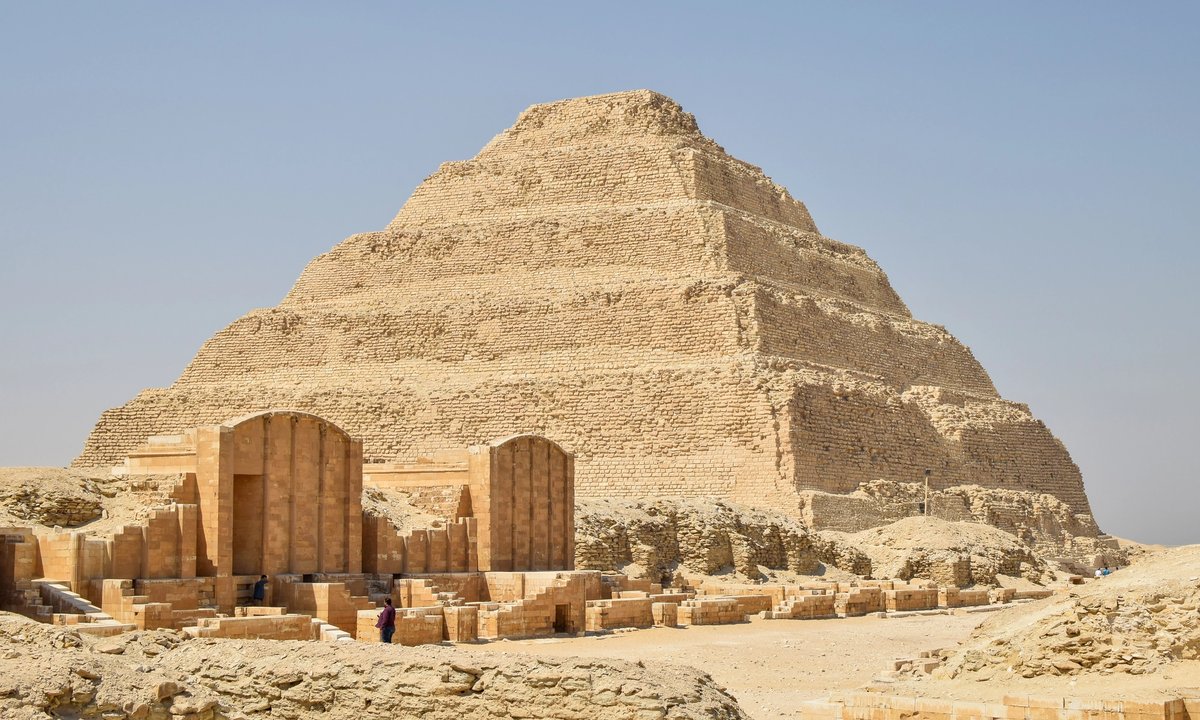
"The relief depicts Khentika seated at an easel, painting the three seasons from the ancient Egyptian calendar, which divided the year according to the Nile River's ebb and flow. This motif is extremely rare in Ancient Egyptian art. "It is only one of two [known] in the entire history of Egypt," Gabriele Pieke, the head of the antiquity department at Reiss-Engelhorn Museums Mannheim and an Egytologist, told The Art Newspaper. "Khentika copied the motif from his neighbour Mereruka, whose tomb is only a few years older.""
"It is not clear when the relief disappeared, but according to a report by Cairo 24 news outlet, it was discovered missing by a British mission in May. The only remnant of the Khentika relief is now found in what remains the most comprehensive study of the tomb, or mastaba, completed in 1953 by British Egyptologist TGH James. The Ministry of Antiquities issued a statement on the thefts, in which it said that "all necessary legal actions have been taken and the matter has been forwarded to the public prosecutor for investigation". It added that it will ensure that "the Egyptian archaeological heritage is preserved and protected from any violations or illegal practices"."
A rare limestone relief showing Vizier Khentika painting the three seasons of the Nile-based calendar has vanished from his mastaba in Saqqara. The motif of painting the seasons is recorded in only one other Egyptian tomb, copied from the nearby tomb of Mereruka. The mastaba was discovered in the 1950s, closed and used for storage until 2019. The relief was reported missing by a British mission in May, and the only remaining record is a 1953 study by TGH James. The Ministry of Antiquities has launched legal action and pledged to protect Egypt's archaeological heritage, following recent related thefts.
Read at The Art Newspaper - International art news and events
Unable to calculate read time
Collection
[
|
...
]